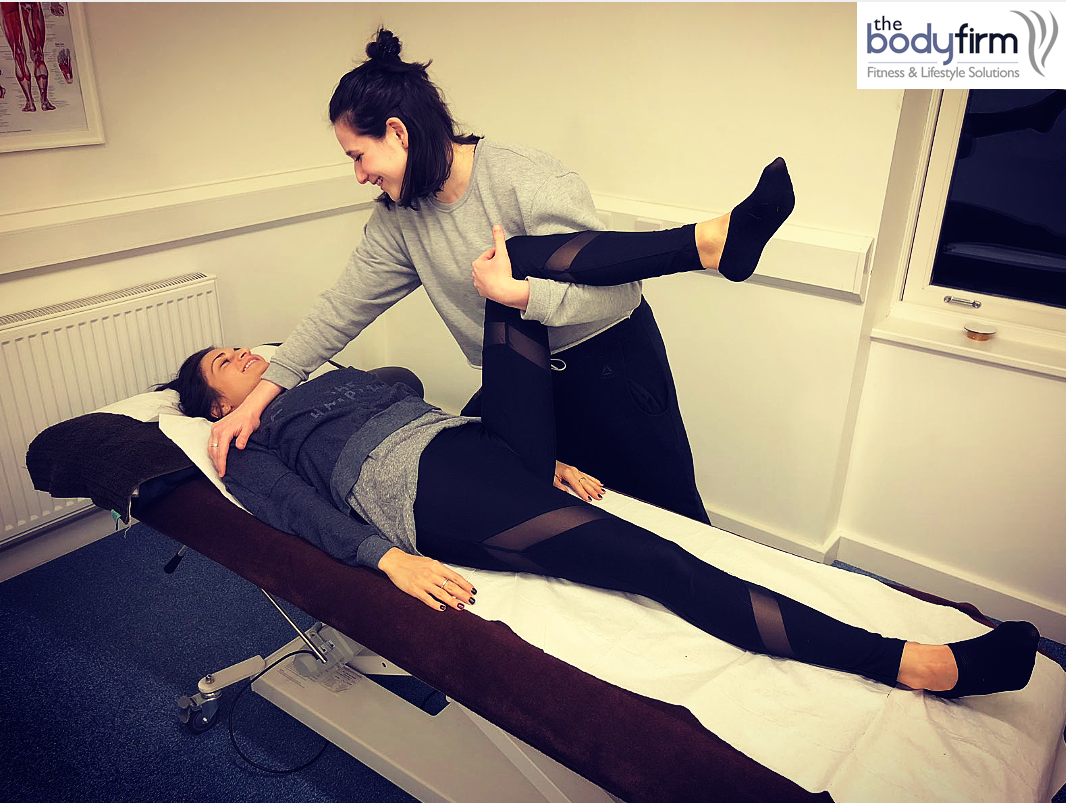Neurokinetic Therapy: Do you really know why you’re injured?


Do you keep having the same injury or experiencing the same pain? Have you seen a variety of specialists without ever curing the pain/injury? These are very common scenario’s when it comes to injury and pain. Even if an injury happened 20 years ago, and you feel ok, without effective treatment and identifying the real source of the issue your body will still be compensating from that injury. To solve all these questions we need to re-programme the dysfunctional movement patterns and I am briefly going to explain to you how.
The treatment of injuries really starts with looking at the kinetic chain – simply put, this is a method which shows how the human body is built to function. It explains that joints and muscles don’t work individually but together to perform functional movement, also saying, that is not just muscles but the nervous system that needs to be assessed – particularly with long term pain and dysfunction. Range of movement is also an important factor; lacking specific range will mean the brain will programme itself to find more mobility from elsewhere in the kinetic chain. Ever found you have painful knees when you squat? The source of the pain may be your ankles, hips or back – and all would need to be assessed properly to address the pain.
All body movement comes from the Motor Control Centre, located in the brain. Once received the control centres pass the information to the spine and the musculoskeletal system. The control centre can learn new movements, however once experienced trauma – which means any form of injury and not severe as the name suggests – the control centre can create dysfunction in the body which gets stored in the control centres memory; until the movement is corrected. This impairment of movement results in muscle imbalance and dysfunction within joints and the nervous system – causing injury and pain. As a result focusing on the area of pain may not be solving the root of the problem.
The Neurokinetic protocol includes testing muscles to determine the area of dysfunction. A relationship between one strong muscle and one weak needs to be found to understand what muscle is overworking for the other. Once released the overworking muscle and activated the other the control system can now send a message to the musculoskeletal system without any dysfunction. This is detective work at its finest and how we really find the source of the pain. To ensure effective treatment and long term change homework needs to be done twice a day to make sure that the control system gets used to the improved and efficient movement pattern.
The body is complex but it is important to know why your body is experiencing pain and stop it for good. We all have bits of us that may feel weak or it may be pain that we just put up with, but instead of the body getting used to moving and working with dysfunction – go and get some work done through your body!
Verity Rosehill
BSc Sports Therapist, Neurokinetic Therapist and Reformer Pilates Instructor.
07871161555
All services are provided by instructors on a self-employed basis.
Sign up and get £10 OFF your first booking